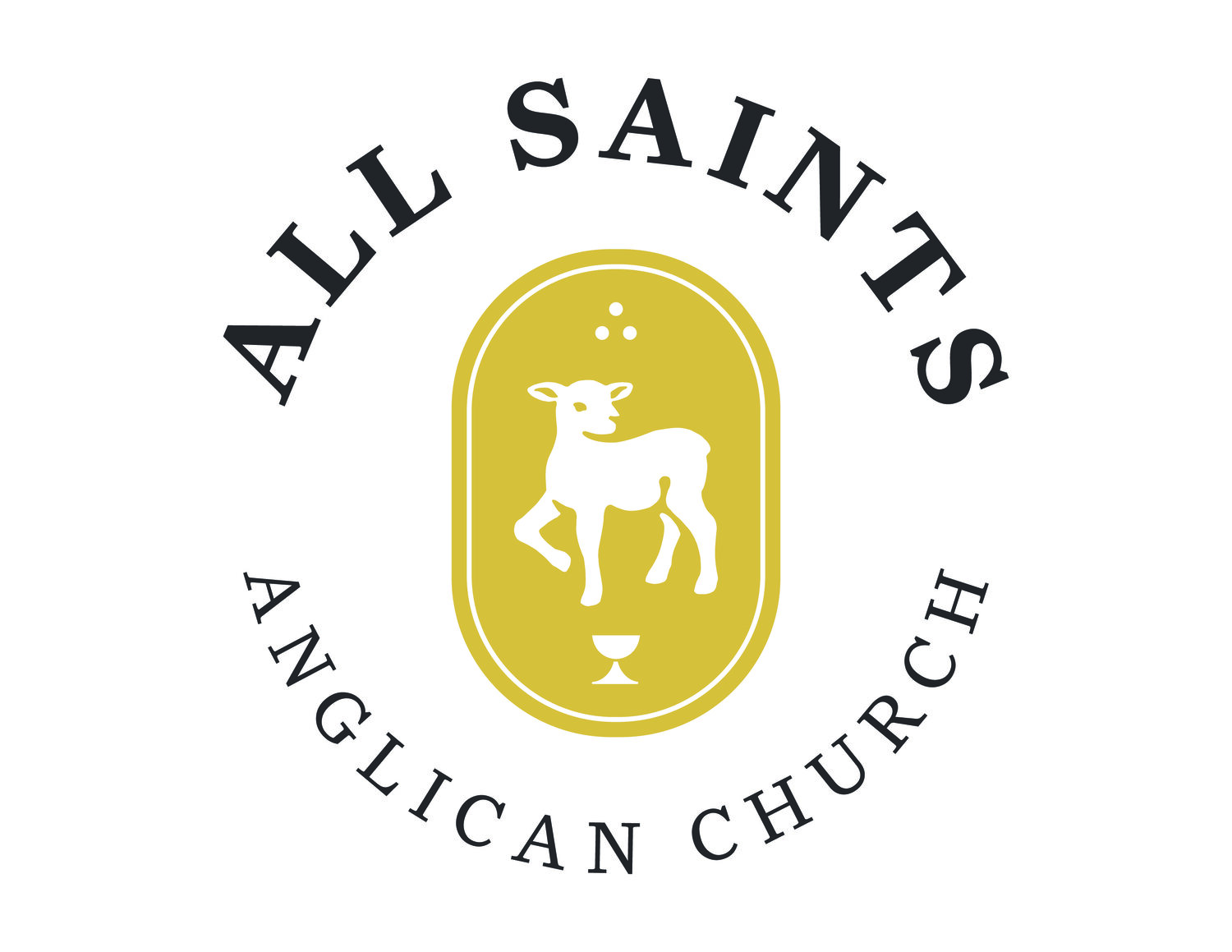On Sunday we will hold palm branches in our hands and wave them as we enter the sanctuary at 1775 Beretania St. in celebration of the events that took place during Christ’s Triumphal Entry into Jerusalem two millennia ago. I’ve written on the biblical theology of branches before (you can read that here) detailing how the actions taken by the welcoming crowds on that first Palm Sunday are not arbitrary or random but are deeply symbolic, recalling key things in God’s Story from its beginning in Genesis thru to Jesus’ riding on a donkey under a living forest of trees.
This year, however, I want to draw our attention beyond the event of that first Palm Sunday to the last book of the Bible. In Revelation John, worshipping on the Lord’s Day, is encountered by the Risen and Enthroned Jesus. And before the unveiling of the full drama of the Apocalypse John sees Jesus standing among lampstands (1:12-13). What are these lampstands? What shape and appearance do they have?
We should recall from Exodus (25:31–39; and 37:17–24) that the lampstand in the Tabernacle, which was a picture, a microcosm, of the heavenly throne-room, was made in the likeness of a tree. Each of its arms were branches that bloomed into almond blossoms on which were set the seven lamps. It was a tree whose fruit was light. It was another burning bush, but a burning bush that had grown into full maturity.
Thus, when Jesus walks among the lampstands in Revelation he is walking among trees of glory and brightness. He is a new Adam (1 Cor. 15:45), walking in a new cosmic garden sanctuary, planted with living, burning, trees of flame. He is a new Noah who keeps a new vineyard for his Father (Gen 9:20; Is. 5:1-7; Lk. 20:9-19).
We are told plainly that the lampstand-trees are churches (Rev. 1:20). In particular they are the seven churches that he gives messages to in Rev. 2 and 3. Jesus is the new vine-dresser, the heir of the keeper of the orchard, the bridegroom who tends the lampstands, who keeps the church pruned and fruitful. In Revelation he continues the work he was doing on Palm Sunday: he moves among the humaniform garden of his people and looks for fruit (Mk. 11:12-25; cf. Lk. 13:6-9) which is what he is going to do in the garden-sanctuary of the Temple.
On Sunday we will dramatically enact what we are: a living garden, a lampstand, an orchard planted in Honolulu. Christ will walk among us in Word and Sacrament. He will speak and call us to bear good fruit. He will prune and convict us of those places wherein we bear bad fruit or no fruit at all. He will strengthen and commend those places where we have been steadfast. The aim and the hope is that our ears are open to what the Spirit is saying to the church, our church, our parish, us. And that we would welcome with gladness the arrival of the Son of the Owner and the entry of his Word which brings Life.


